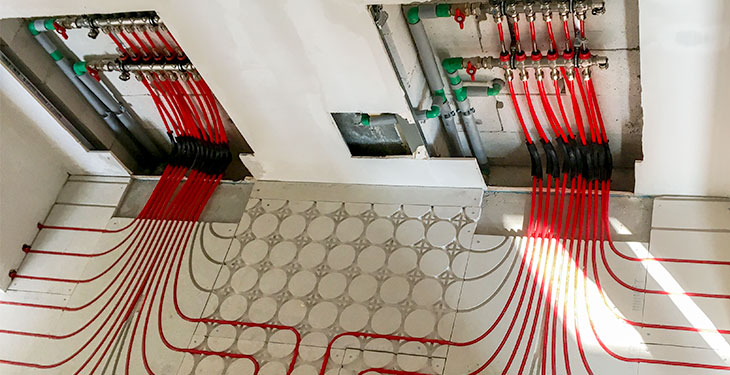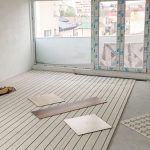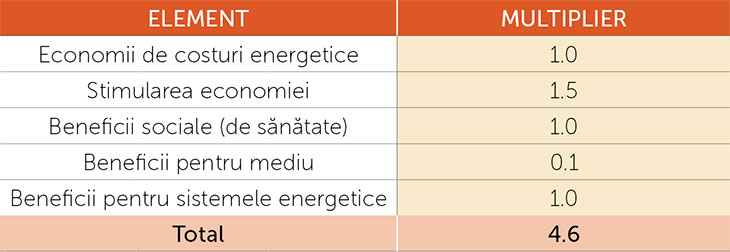Mihai Maerean, CEO Bjorn Heizung
Not a novelty, as such, the energy renovation of public buildings, especially those in the education system, starts to become a more pressing subject in terms of economies and social impact.
At present, the educational system in Romania uses about 11.3 million square meters, with an energy consumption of about 300 KWh / m² / year. A simple calculation shows that today, with the cost of natural gas of 135 lei + VAT / MWh, the cost of heating these buildings is 459.67 million lei (about 97.8 million euros); also, more than 900,000 tons of CO2 are released in the atmosphere.
We are not talking about the renovation of these buildings at the NZeb standard, as requested by the EU, but about a cost-effective program that involves replacing the heating system (central heating + radiators or wood stoves) with a superior system consisting of energy efficient power plants and a floor-heated system.
How comes that we make such renovations today, while 3 or 5 years ago this would have been impossible? The answer is simple – the technological evolution in construction. In 2019, we have the technology needed to completely rehabilitate a classroom in less than 24 hours, with finishing, regardless of the season or the pre-arranged schedule (courses or holidays).
The economy obtained with to our proposal is 70% compared to current consumption. Thus, the annual economy is 68.46 million euros, plus the amount of CO2 certificates of 22.7 million euros. It should be kept in mind that the price of energy will increase exponentially over the next 20 years, as will do the trading value of CO2 certificates; in 2018, their value was 18 euros / ton of CO2, in June 2019 the value is about 25 euros and the forecasts are at about 30 euros per ton at the end of 2019, and 100 euros per ton at the end of 2020.
The financial savings in 2020, with such an renovation project are about 70 million euros (energy cost) and another 90.8 million euros from the value of carbon credits, ie 160.8 million euros per year.
What could be done with these potential savings / incomes?
- The cost of complete renovation, including equipment, or of the construction of a new county / regional hospital is 50 million euro = 3 units / year
- The cost of renovating a city hospital is 1.5 million euros = 100 units / year
- The average cost of afforestation per hectare of 6,670 seedlings is 8,889 euros = 17,999 hectares per year
- It should also be said that the amortization of the investment of a public project takes into account several other factors, not just the economy produced.
The immediate financial benefits of the renovation of the buildings have a multiplier factor of 4.6 compared to the value of the energy saved.
Thus, the investment will be recovered in two years, generating total savings of € 7.4 billion over the lifetime of buildings.
The indirect benefit will be a high quality educational act which, over time, translates into an increase in the quality of the workforce. Thus, in addition to the thermal comfort provided, the saved amounts can be redirected to other important aspects of the educational process or to projects in the health field.





